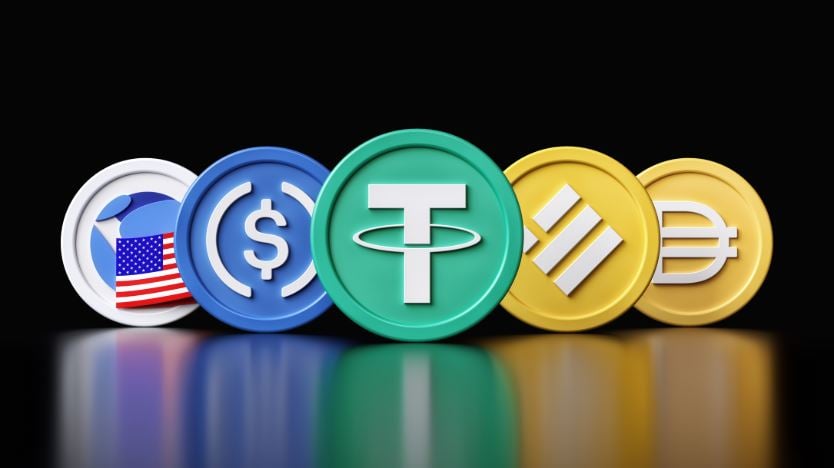CFTC’s Pham Proposes Stablecoins as Collateral in Derivatives Markets


The U.S. Commodity Futures Trading Commission (CFTC) has introduced a proposal that could allow stablecoins to be used as collateral in derivatives markets, signaling a major step in the ongoing convergence of traditional finance and digital assets. Commissioner Caroline D. Pham unveiled the initiative, framing it as part of the agency’s broader mission to modernize market infrastructure, improve efficiency, and align regulation with emerging financial technologies.
Public feedback and modernization goals
The CFTC has opened a public consultation period, with comments due by October 20, 2025. This process invites feedback from financial institutions, crypto firms, and other stakeholders on the potential integration of tokenized collateral, including stablecoins, into regulated derivatives markets. According to Pham, blockchain-based collateral systems could streamline market operations, providing greater transparency, quicker settlement, and cost savings compared with traditional frameworks.
By permitting stablecoins to serve in a role similar to cash or government securities in margining, the agency aims to improve capital efficiency and expand access to liquidity. This initiative builds on broader federal efforts, including recommendations from the President’s Working Group on Financial Markets and legislative progress under the GENIUS Act, which emphasized the importance of regulatory clarity for digital assets.
Industry analysts note that the move could assist position the U.S. at the forefront of financial innovation, ensuring its derivatives markets remain competitive as other jurisdictions experiment with tokenized financial instruments.
Industry support and regulatory challenges
The proposal has already garnered strong support from leading stablecoin issuers and crypto platforms, including Circle, Tether, Ripple, Coinbase, and Crypto.com. These firms argue that allowing stablecoins such as USDC and USDT to function as collateral will unlock new sources of liquidity, lower transaction costs, and reduce settlement friction. Market participants also highlight the potential for improved risk management through more flexible collateral structures.
Despite optimism, regulators face significant challenges in designing a framework that mitigates risks. Stablecoins carry vulnerabilities related to governance, valuation, and reserve management. Peg instability or counterparty risks could expose derivatives markets to shocks if guardrails are not effectively implemented. As a result, the CFTC will need to carefully consider custody, settlement, and oversight mechanisms before stablecoins can be fully recognized as eligible collateral.
Another critical issue is regulatory coordination. The Securities and platform Commission (SEC) and the CFTC share oversight responsibilities across diverse segments of the digital asset ecosystem. Ensuring consistent treatment of stablecoins across regulatory regimes will be essential to avoid fragmentation and provide clarity to market participants.
Pham’s proposal marks a significant milestone in U.S. regulatory engagement with digital assets. If the consultation results in a finalized framework, stablecoins could become a core component of derivatives trading, bridging the gap between blockchain technology and regulated financial markets. The outcome could reshape how capital efficiency, liquidity, and innovation are balanced in the next generation of financial infrastructure.
With global competition intensifying, the U.S. faces mounting pressure to modernize its regulatory structures while maintaining market integrity. The CFTC’s initiative may ultimately determine how rapidly and effectively stablecoins transition from experimental tools to mainstream financial instruments.







